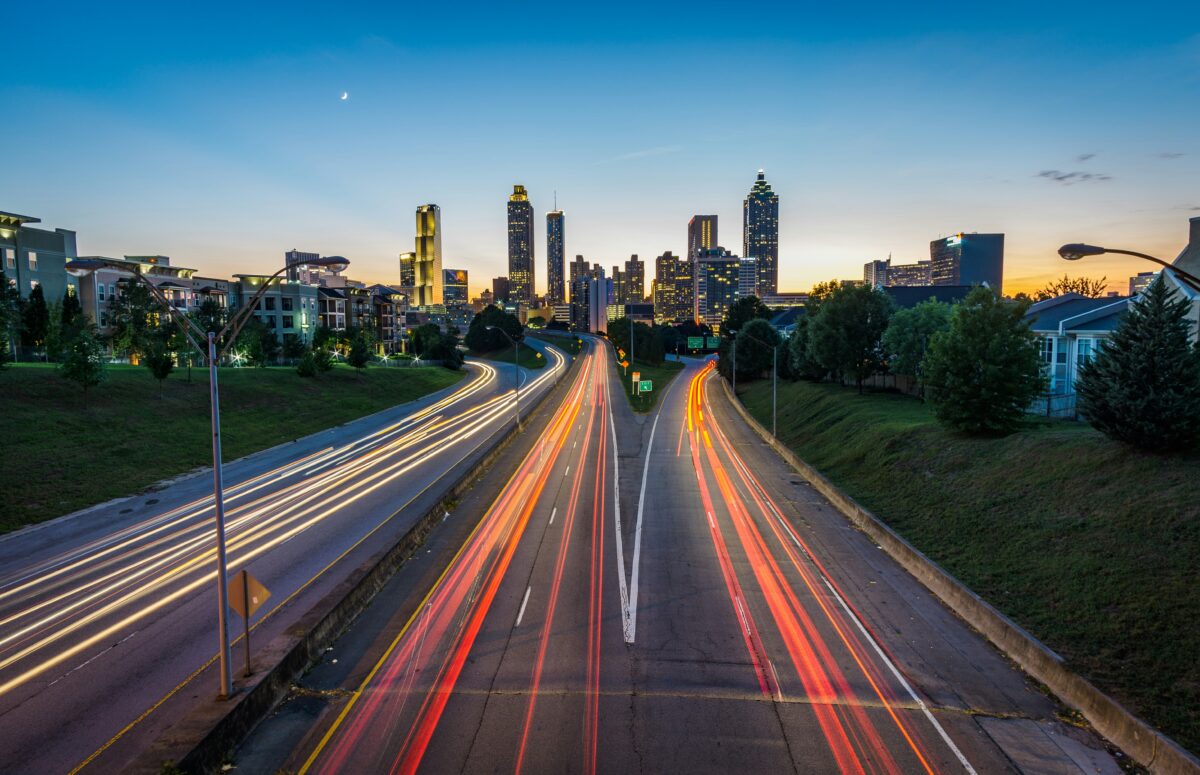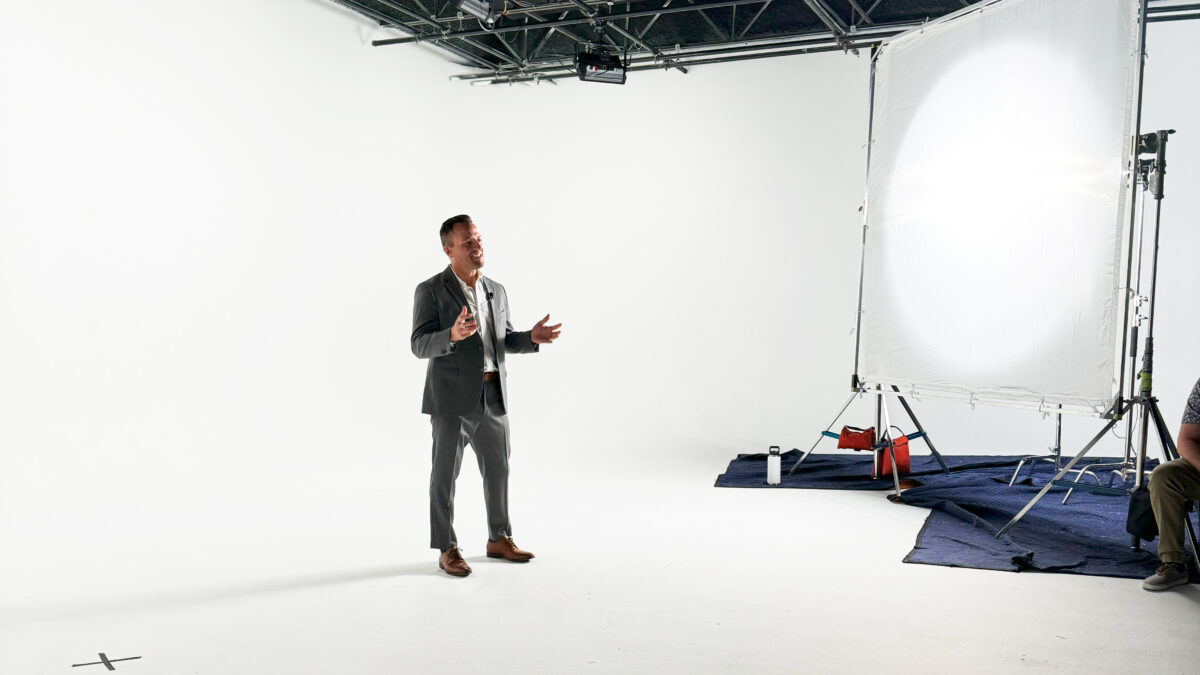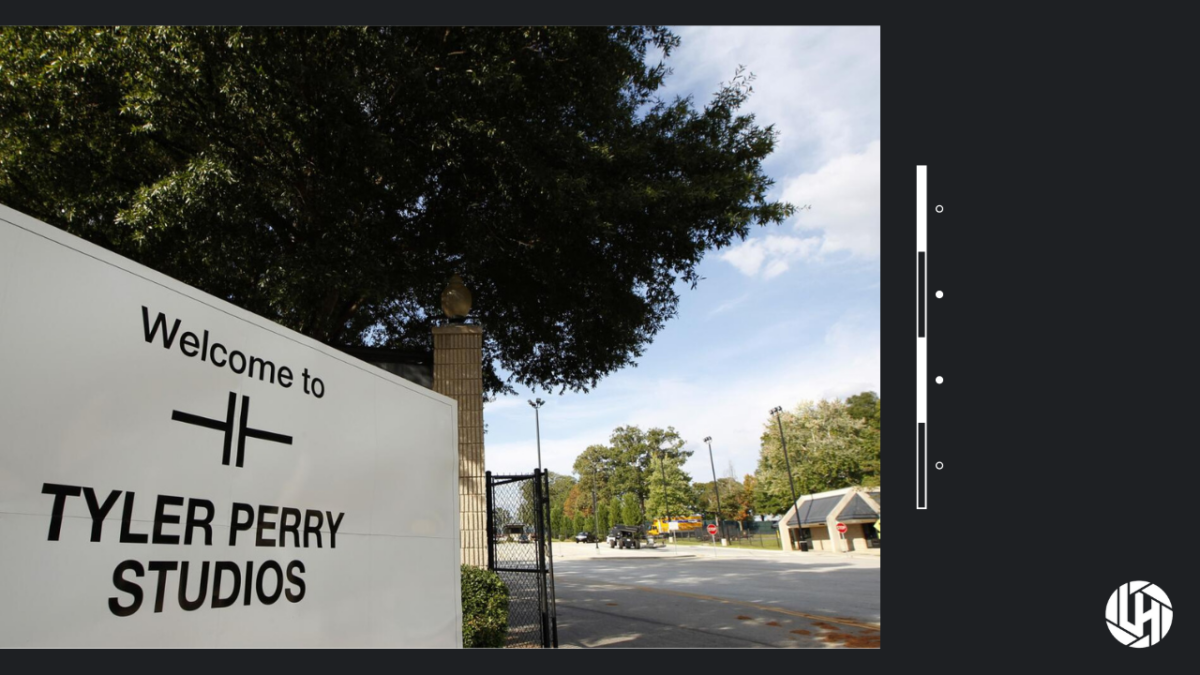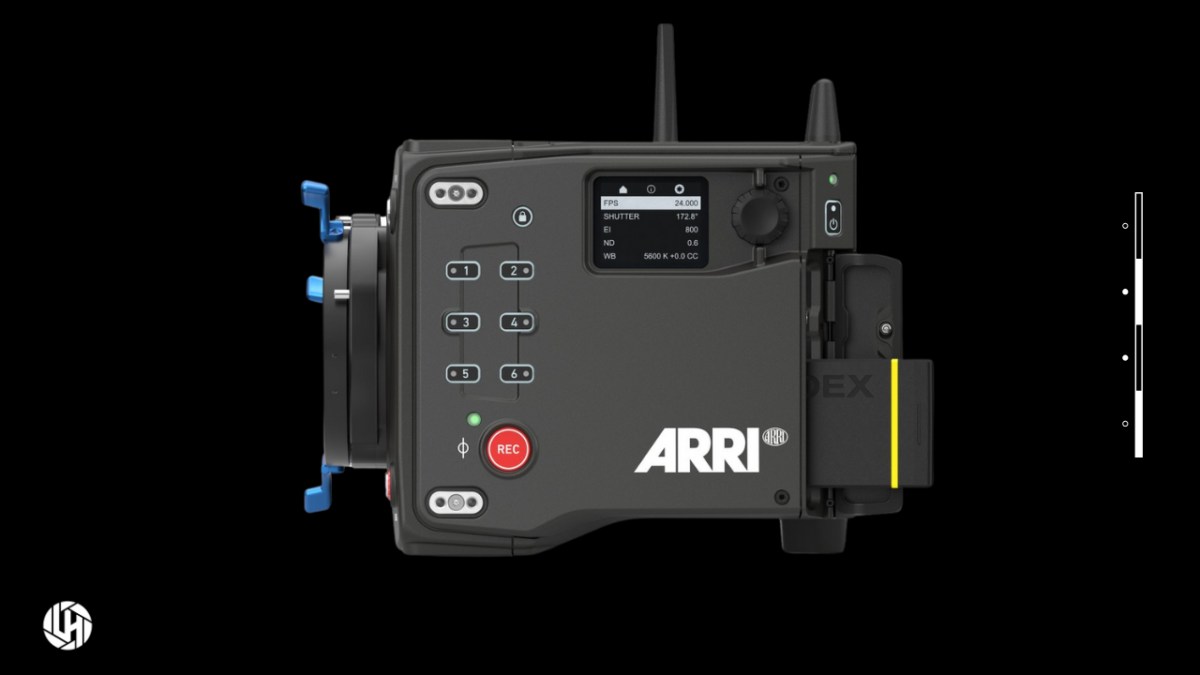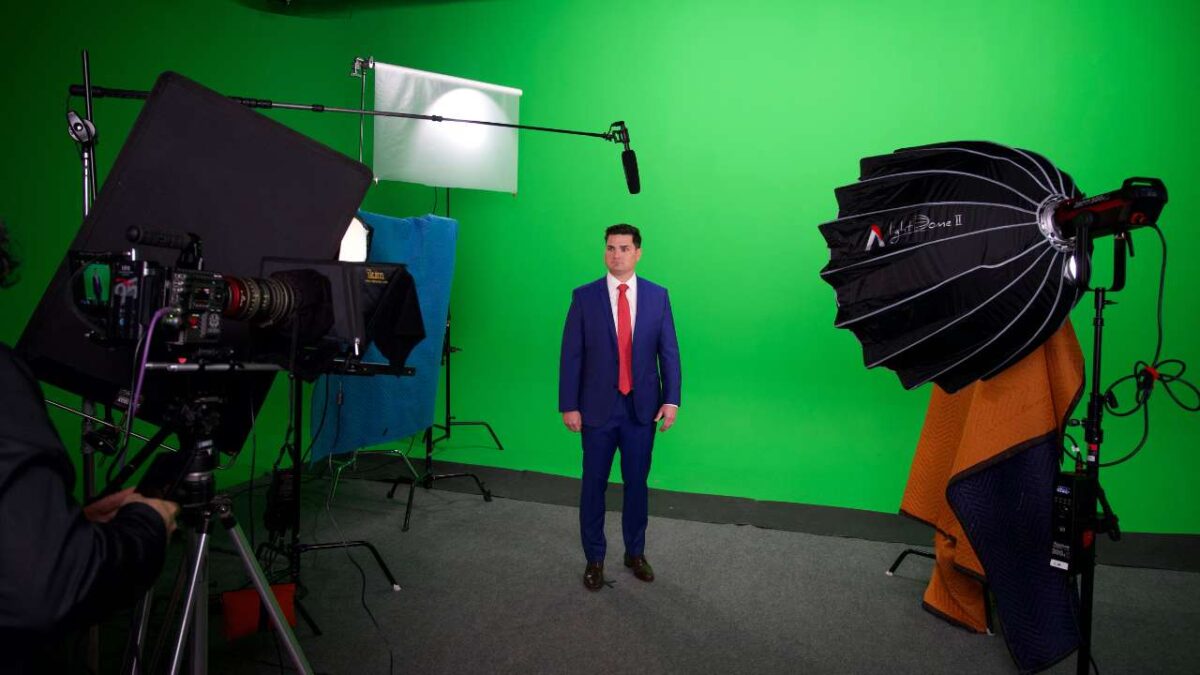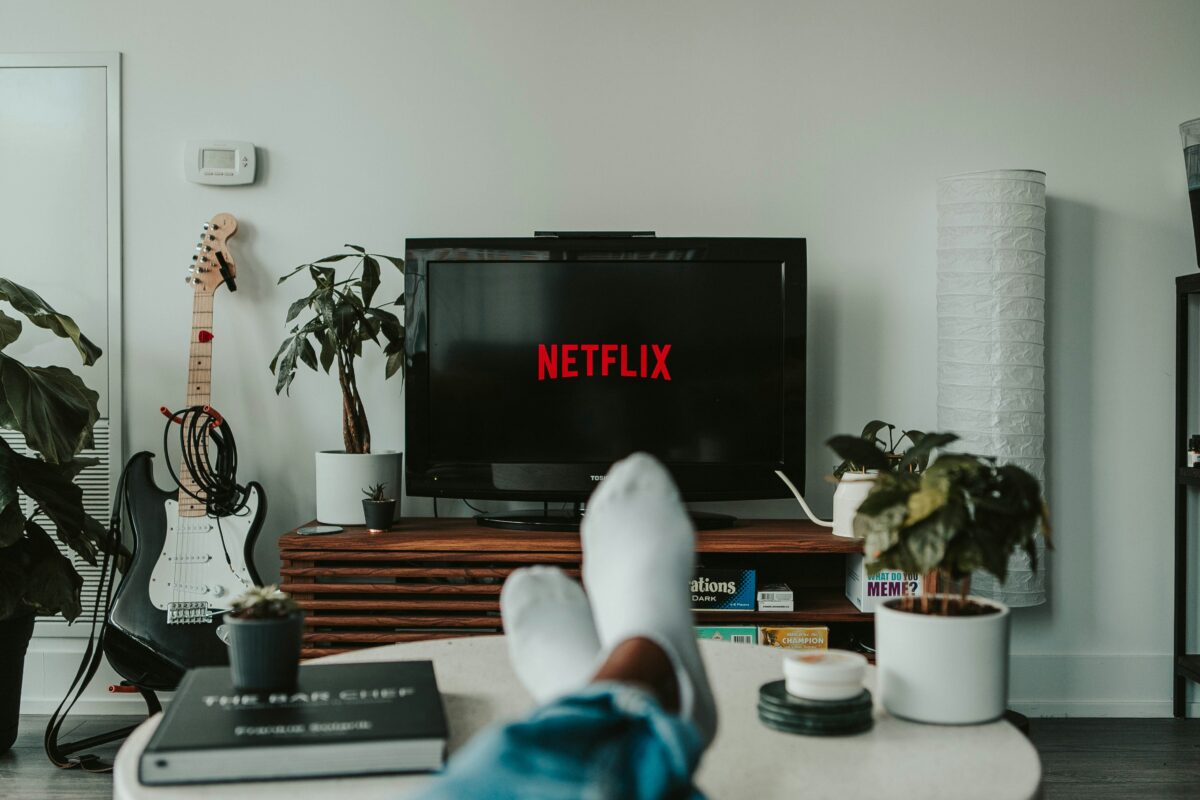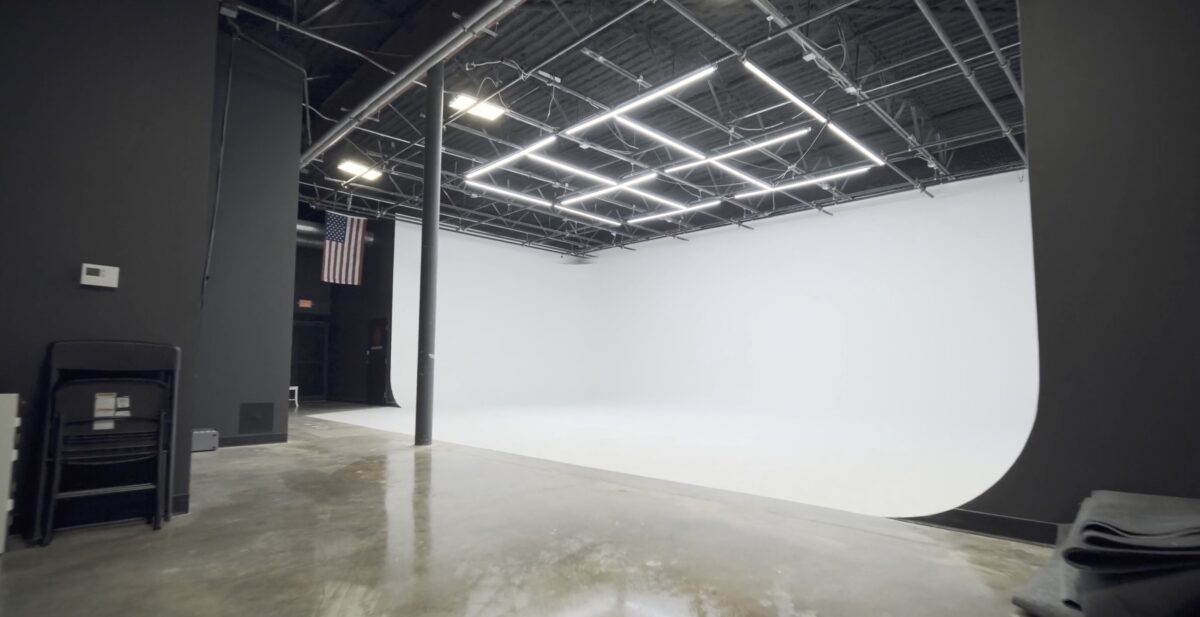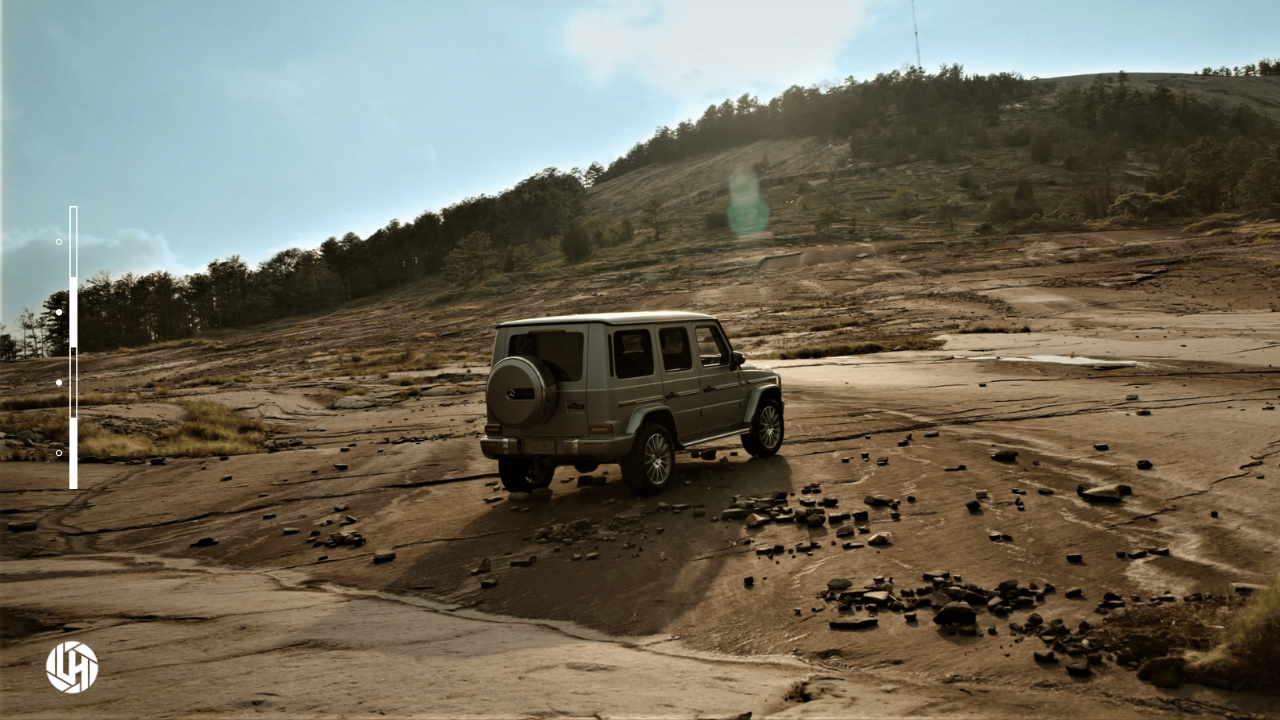What’s Filming in Atlanta This July: 2025
lensheadmedia
on
July 21, 2025
Atlanta continues to thrive as one of the top film and TV production hubs in the country, and July 2025 is no exception. From big-budget thrillers to heartfelt dramas and fresh comedies, the city and its studios is buzzing with productions from major streaming platforms like Apple TV+, Netflix, and Paramount+. Here’s a closer look at the television shows currently filming around Atlanta this month.
Cape Fear (Apple TV+)
The upcoming Apple TV+ thriller Cape Fear is in full production at Assembly Studios in Doraville. With stars Amy Adams and Javier Bardem leading the cast, this reimagining of the classic novel and film explores a haunting story of revenge and psychological suspense. July brings the continuation of interior and exterior shoots around the Atlanta area, with crews spotted filming in and around studio facilities and surrounding neighborhoods. Bardem’s character, Max Cady, a menacing figure from the past, returns to torment Adams’s character, a public defender, in what promises to be a tightly wound, character-driven series.
Free Bert (Netflix)
Bert Kreischer’s new Netflix series Free Bert is one of the more lighthearted projects filming in the city. The show began production in early July at Cinespace Studios and has been actively seeking extras through local casting calls, confirming the ongoing shoot throughout the month. This semi-autobiographical comedy follows Kreischer as he plays a fictionalized version of himself navigating family life and fame. The series is expected to feature six episodes and will bring plenty of humor and local flavor to the screen as it captures Atlanta’s energy and backdrop.
Sweet Magnolias – Season 5 (Netflix)
Production on Season 5 of Sweet Magnolias is underway in Covington and other parts of the Atlanta metro area. Shooting began in early June and continues into the summer months. This season includes directing debuts from stars JoAnna Garcia Swisher and Brooke Elliott, with new storylines unfolding beyond the small town of Serenity. Cast and crew have been seen at familiar filming locations throughout Covington, with a mix of scenes shot in both Georgia and New York this season. Longtime fans can expect more personal challenges, community drama, and emotional arcs from the beloved trio of Magnolias.
Tulsa King – Season 3 (Paramount+)
Tulsa King has returned for a third season and continues to film scenes in Atlanta following its earlier shoots in Oklahoma. Starring Sylvester Stallone, the show brings its gritty mob drama to Georgia for expanded storylines and new characters. Season 3 introduces Robert Patrick, Kevin Pollak, and Beau Knapp, and includes a guest appearance from Samuel L. Jackson as a potential spin-off character. The blend of Oklahoma and Georgia locations allows the series to diversify its setting while maintaining the visual identity established in earlier seasons. Filming is expected to continue throughout the summer.
Conclusion
July 2025 is shaping up to be a dynamic month for TV production in Atlanta. Whether it’s the chilling suspense of Cape Fear, the feel-good charm of Sweet Magnolias, the comedy stylings of Free Bert, or the high-stakes crime world of Tulsa King, the city remains a magnet for creative talent and compelling storytelling. For local film enthusiasts, aspiring actors, or anyone curious about what’s filming nearby, this month offers a wide range of opportunities to witness television production in action.
Sources
